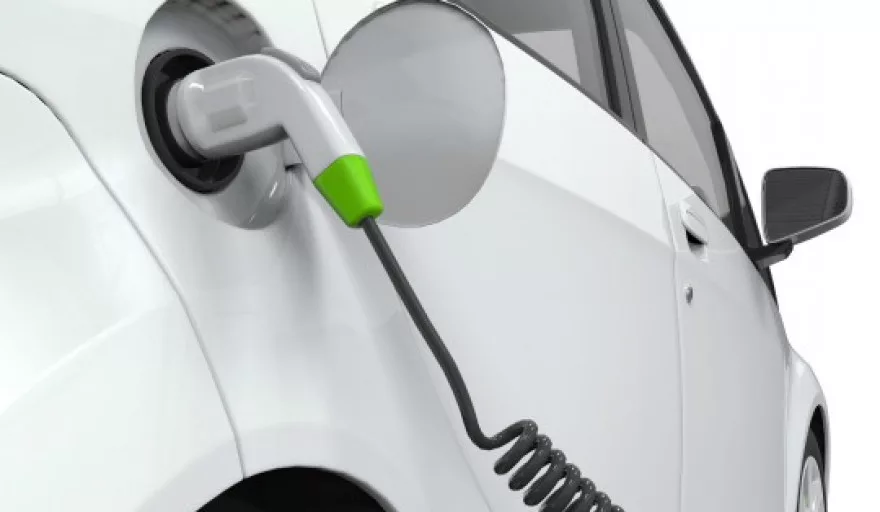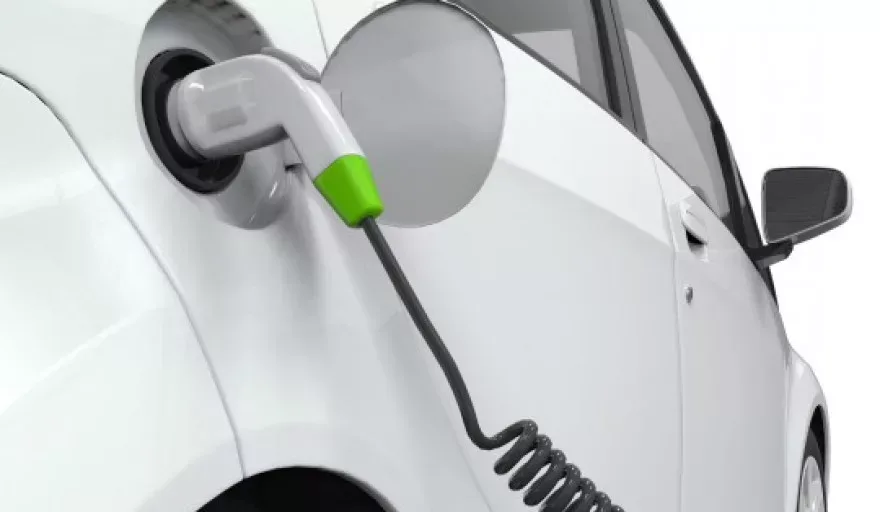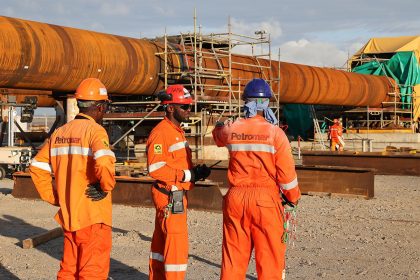
By Rachel Speight, partner in the mining Group, Mayer Brown International LLP
The buzzword at this year’s annual Indaba mining conference in Cape Town was “lithium” and the hype centred around the explosion of the global electric vehicle (EV) industry powered by lithium-ion batteries; the green energy storage technology of choice for the industry.
But it is not only lithium that is benefitting from this boom, but also a range of other metals required in the manufacture of components for electric vehicles including cobalt, graphite, copper, manganese, PGMs and nickel, not to mention the rare earth metals.
All of these metals are suddenly in hot demand as car makers turn to green technologies rather than diesel cars to try to meet increasingly tough emissions targets like the CO2 targets of 95 grams of CO2 per kilometre in the EU which must be met by 2021. This means a flood of electric cars are due to hit the market in the next few years.
Volvo has announced that by 2019 every car it sells will contain a hybrid or electric engine and Ford Motors has said that it will double its spending on electrified vehicles bringing 40 electrified vehicles to market by 2022. Volkswagen has also entered the race stating that up to 25 percent of its total 2025 production could be made up of fully electric vehicles. Toyota, which pioneered hybrids but long resisted battery-only cars, changed tack last year and has since unveiled plans for a new range of pure-electric models. Not to mention the EV darling – Tesla – who plans to launch its long-awaited mass-market Model 3 electric car in the coming months.
Rising to the challenge
Despite all this talk though, EVs are currently a relatively tiny part of the total new car market (amounting to just less than one percent of global car sales) as manufacturers and consumers still struggle with poor charging infrastructure, high battery costs and electric vehicles’ still limited driving range.
But the EV share of the market is inevitably set to grow spurred on by plans like those set out by the Chinese Government in 2015 to put at least five million electric vehicles on Chinese roads by 2020, which has been echoed by the mayors of Paris, Madrid, Mexico City and Athens who have said they plan to ban diesel vehicles from city centres by 2025, while the French and British governments aim to end the sale of new gasoline and diesel vehicles by 2040.
In Europe, so called ‘green cars’ benefit from subsidies, tax breaks and other perks, while combustion engines face mounting penalties including driving and parking restrictions. With this pressure to increase EV production, car manufacturers and others have expressed concerns about how demand for metals such as lithium will be met from the handful of current suppliers (like Albemarle, Sociedad Qu![]() mica y Minera de Chiles and Chinese producers, Tianqi Lithium and Ganfeng Lithium) and concerns that raw materials such as cobalt are too concentrated in areas such as the Democratic Republic of Congo and therefore dependent on the stability of that country. But given the abundance of lithium and some of the other metals needed to support the growth of the EV industry, miners have risen to the challenge and a range of new sources of these metals were announced at Indaba.
mica y Minera de Chiles and Chinese producers, Tianqi Lithium and Ganfeng Lithium) and concerns that raw materials such as cobalt are too concentrated in areas such as the Democratic Republic of Congo and therefore dependent on the stability of that country. But given the abundance of lithium and some of the other metals needed to support the growth of the EV industry, miners have risen to the challenge and a range of new sources of these metals were announced at Indaba.
Green credentials
Lithium is currently mined in South America, Australia and China but Zimbabwe is already the fifth largest lithium producer. And this position may increase as Prospect Resources has announced growth plans for its flagship Arcadia lithium project just outside Harare and a number of other lithium project are said to be finalising feasibility studies in Zimbabwe.
Lithium exploration is also taking place across the continent in Mali, the Democratic Republic of Congo, Rwanda, Namibia, South Africa, Tanzania, Mozambique and Egypt with a number of these explorers announcing their plans at the Indaba conference. There was also chatter at the conference around a number of new graphite projects in Tanzania and Mozambique and cobalt projects in the Democratic Republic of Congo and Namibia as well as rare earths in Malawi. All of which are fuelled by the global demand for electric vehicles.
The mining industry has for a long time been seen as the archetypal bad boy for environmentalists so it is interesting to see a recognition that our growing need for green technologies to combat emissions will not be able to move forward without the mining industry. There can be no electric vehicles, hybrid cars, solar panels, wind turbines or hydropower and the transition to low-carbon energy systems will not be achieved without the mining industry. The questions around whether the EV is a truly “green” solution in terms of its manufacture and power supply, is a debate for another day but at least EVs and the raw materials they require give the mining industry an opportunity to display its green credentials in contrast to the fossil fuel industry.































